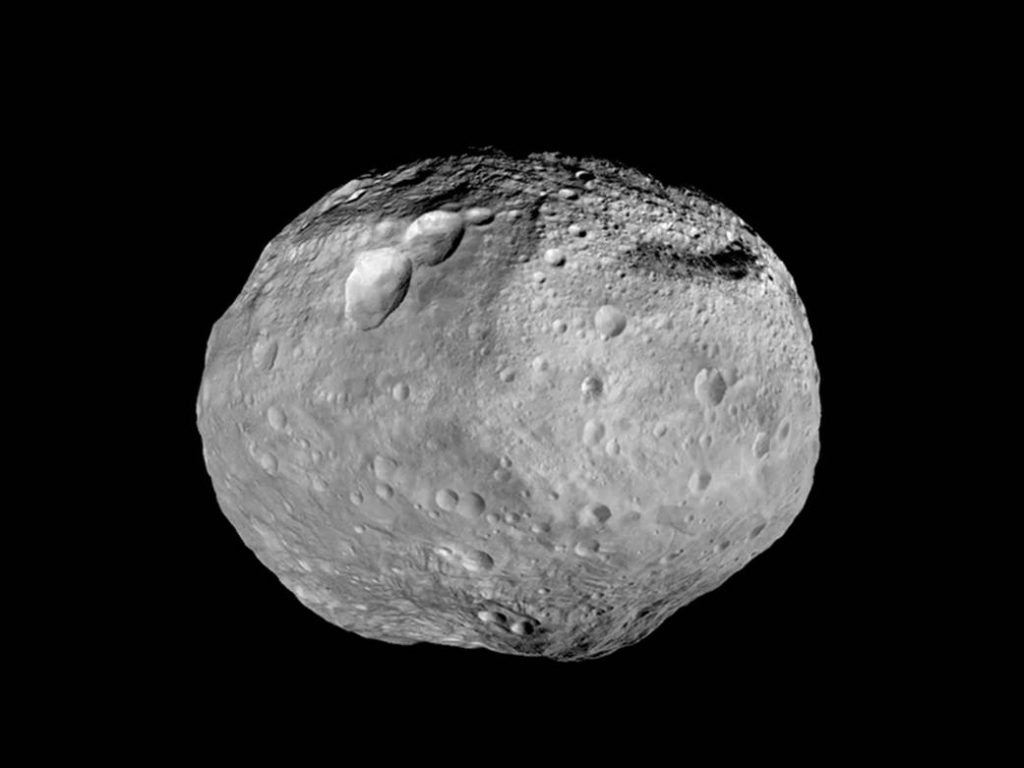Join Tucson Amateur Astronomy Association for a Virtual tour of the Night Sky. We will explore planets, Nebulae, Star Clusters, Galaxies, and much more. The event will be streamed from our Facebook Page (TAAA Facebook). You can follow our Facebook event for any weather and other updates. FREE.
Check Facebook or back here closer to the event for any updates.
Star Party-Catalina State Park
Tucson, AZ
Viewing Location: Trailhead Picnic area at end of road inside the park.
Information: Great dark skies just north of Tucson at Catalina State Park. Star Party open to the Public. Admission cost for entrance into Catalina State Park. Tucson Amateur Astronomy Association will have 10 telescopes for astronomical viewing. We will observe Planets, Nebulae, Galaxies, Star Clusters and lots more. Great opportunity to look through a wide variety of telescopes. Weather dependent. For real-time updates, follow this event on the Tucson Amateur Astronomy Association Facebook Events Page (https://www.facebook.com/TucsonAstronomy/).
Additional details will be posted here and on Facebook as we get closer to the event.
Star Party-Oracle State Park
Tucson, AZ
Viewing Location: Kannally Ranch House
Information: Great dark skies just north of Tucson at Oracle State Park. Star Party open to the Public. Admission cost for entrance into Oracle State Park may apply. Tucson Amateur Astronomy Association will have several telescopes for astronomical viewing. We will observe Planets, Nebulae, Galaxies, Star Clusters and lots more. Great opportunity to look through a wide variety of telescopes. Weather dependent. For real-time updates, follow this event on the Tucson Amateur Astronomy Association Facebook Events Page (https://www.facebook.com/TucsonAstronomy/). There is generally a talk and other events also taking place. Check the Oracle State Park website for additional information. Check TAAA Facebook Page or here for any updates as we get closer.
Join Tucson Amateur Astronomy Association for a Virtual tour of the Night Sky using three telescopes. We will explore planets Jupiter and Saturn, Nebulae, Star Clusters, Galaxies, and much more. The event will be streamed live to our Facebook Page (TAAA Facebook). You can follow our Facebook event for any weather and other updates. FREE.









